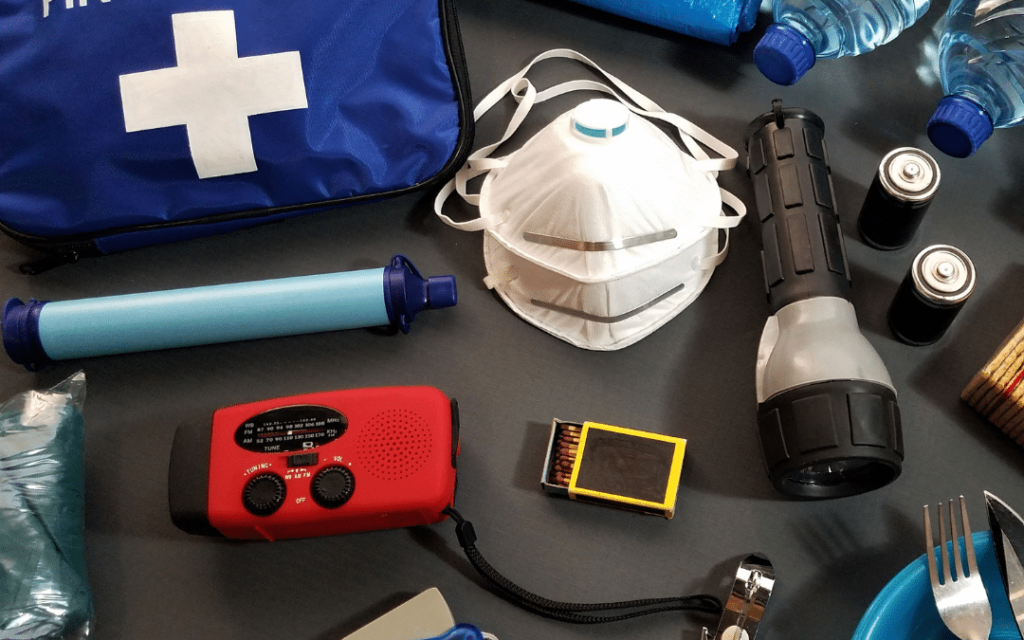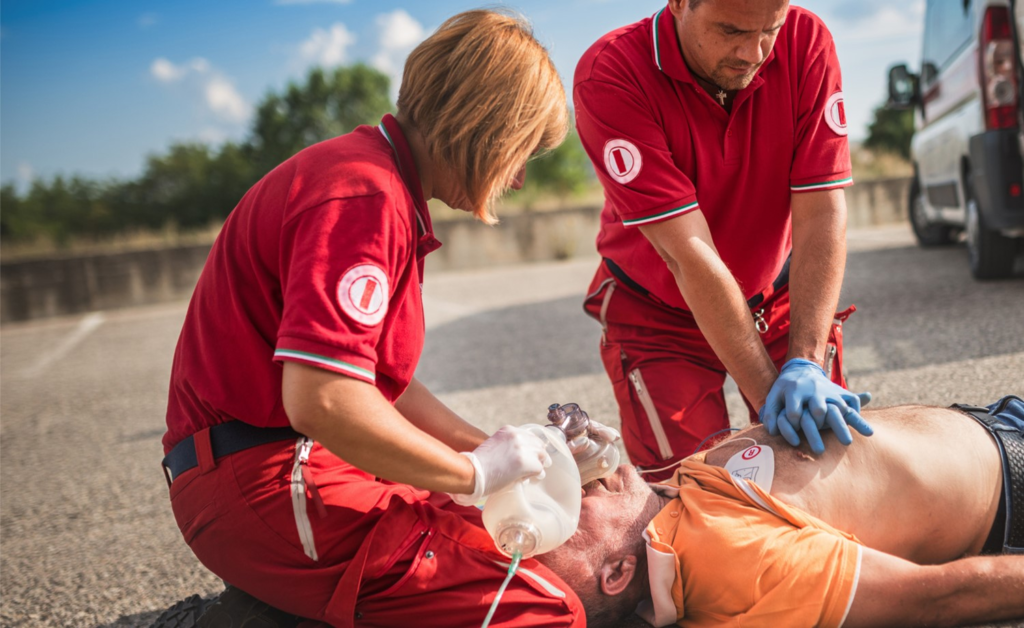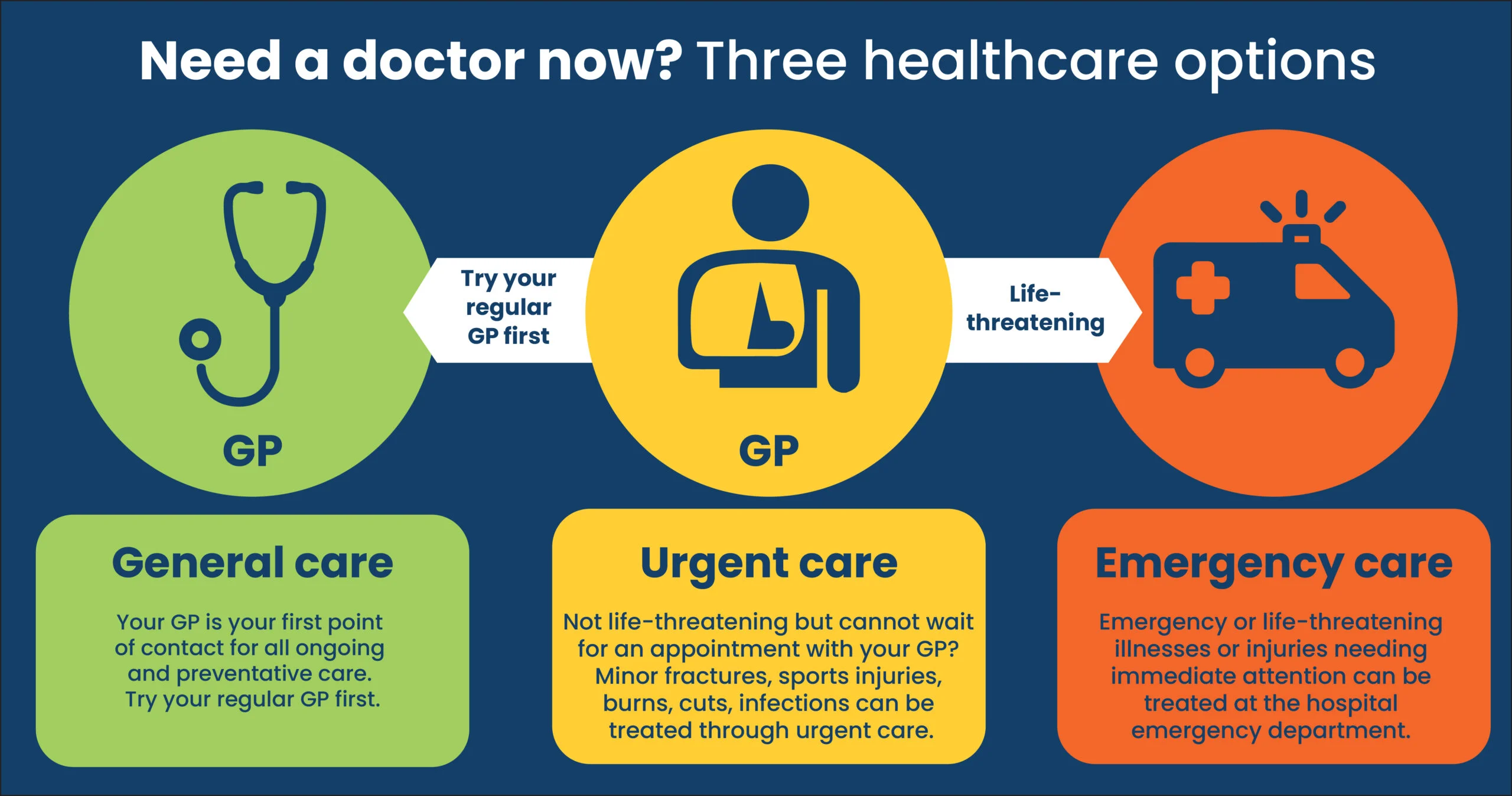Medical emergencies can be sudden and overwhelming, leaving little time for clear decision-making. Being prepared and knowing how to respond can make a significant difference, whether it’s a minor issue or a life-threatening situation. This guide simplifies the steps to handle medical emergencies, from preparation to taking the right action when the need arises.
Be Prepared for the Unexpected
Being caught off guard during a medical emergency can escalate the situation. Taking proactive measures ensures you’re ready to respond when it counts.

Create a First Aid Kit
A well-stocked first aid kit is essential for managing many medical emergencies. It should include items like bandages, antiseptic wipes, scissors, gauze, gloves, and essential medications. Store this kit in an easily accessible location and check it regularly to replace expired items.
Learn Basic First Aid Skills
Taking a first aid course empowers you with the knowledge to act with confidence. Training in CPR (cardiopulmonary resuscitation), wound care, and recognizing serious symptoms like strokes or heart attacks can save lives during critical moments. Many online and in-person training options are available to suit your needs.
Keep Emergency Contacts Handy
Save all essential emergency numbers on your phone, including local ambulance services, fire departments, and nearby hospitals. Additionally, create a physical copy to keep in your wallet or on your refrigerator for quick access.

Recognizing Medical Emergencies
Understanding the signs of a medical emergency can help you act quickly and get the right kind of help.
Common Symptoms to Watch For
Some symptoms clearly indicate a medical emergency, including but not limited to:
- Difficulty breathing or shortness of breath
- Loss of consciousness
- Persistent chest pain or pressure
- Severe bleeding or head injuries
- Sudden weakness or numbness, especially on one side of the body
- Intense abdominal pain
These symptoms warrant immediate attention and possibly advanced medical care.
When to Call for Help
If you’re unsure about the severity of a situation, it’s always better to err on the side of caution. Call emergency services right away when symptoms appear life-threatening or when someone’s condition deteriorates rapidly. Be ready to provide clear information about the situation, the person’s symptoms, and your location to emergency responders.
Taking Action in a Medical Emergency
Knowing how to respond in a high-stress situation can prevent minor emergencies from becoming major ones or stabilize someone until professional help arrives.

Remain Calm and Assess
Panic can hinder effective action. Take a deep breath and evaluate the scene. Is it safe for you to intervene? Determine the person’s level of responsiveness by asking questions or gently tapping their shoulder.
Administer Basic First Aid
If it’s safe to do so, provide initial care based on the situation:
- Stop bleeding by applying direct pressure with a clean cloth.
- Perform CPR if the person isn’t breathing.
- If someone is choking, administer abdominal thrusts to clear their airway.
Always remember to follow your first aid training and avoid moving someone unless it’s necessary to keep them safe, such as in the case of fire or fallen debris.
Utilize a Medical Flight Coordinator if Needed
For critical situations requiring specialized treatment or long-distance transport to medical facilities, reach out for emergency air transport services. A medical flight coordinator can streamline this process, ensuring detailed planning and efficient care from one location to another.
Communicate with Emergency Responders
Once professional help arrives, relay all relevant details about the accident or illness, what care you provided, and any known medical history about the individual. This information helps ensure continuity of care.
Preventative Measures to Reduce Risk
Preventing emergencies altogether is ideal. While not all crises are avoidable, some key steps can minimize potential risks.
Pay Attention to Health
Regular check-ups, a balanced diet, and staying hydrated can help address minor health issues before they grow into emergencies. Encourage loved ones to do the same.
Practice Safety at Home and Work
Eliminate hazards such as slippery floors, loose rugs, or poorly placed cords. At work, follow safety guidelines and use protective gear when necessary.
Encourage Open Discussions About Health
Understanding medical histories, allergies, or other relevant conditions of those close to you can shorten response times during emergencies.
Know When to Follow Up
Medical emergencies don’t always end once the immediate danger passes. Be proactive in following up with medical professionals to assess ongoing needs, prevent complications, or provide emotional support.
Preparation, recognition, and swift action remain at the heart of managing medical emergencies effectively. From creating a first aid kit to learning CPR and identifying symptoms, these proactive steps can safeguard lives. While emergencies are unpredictable, having basic knowledge and tools can make a significant impact when every second counts.
Take the time today to create a plan, educate yourself, and equip your home and workplace for potential crises. Being prepared is the best way to not only protect yourself but also to assist others when life hangs in a delicate balance.

